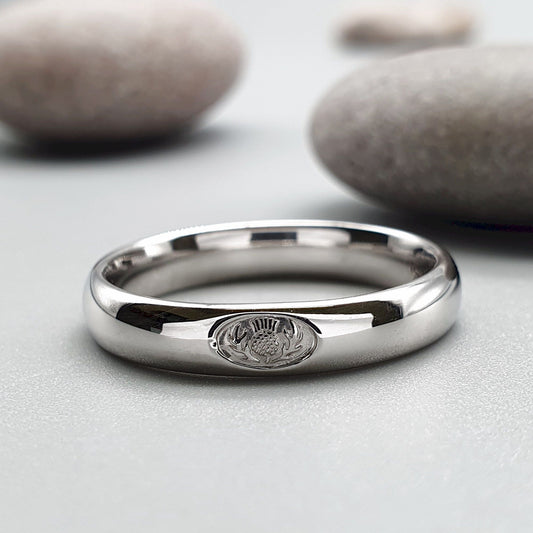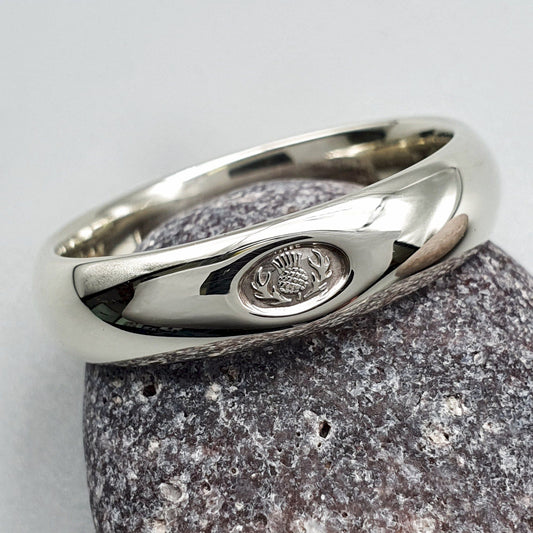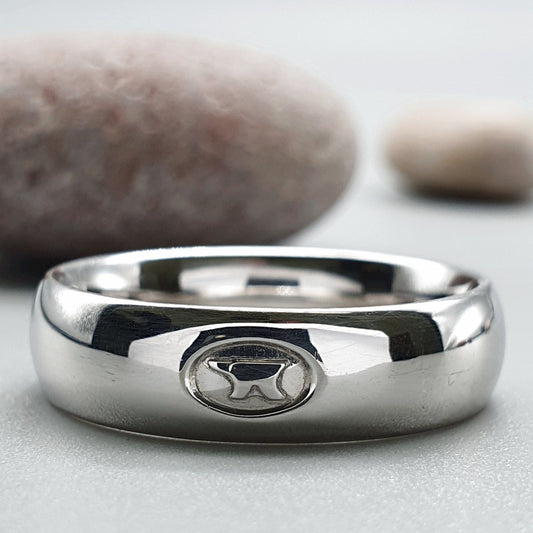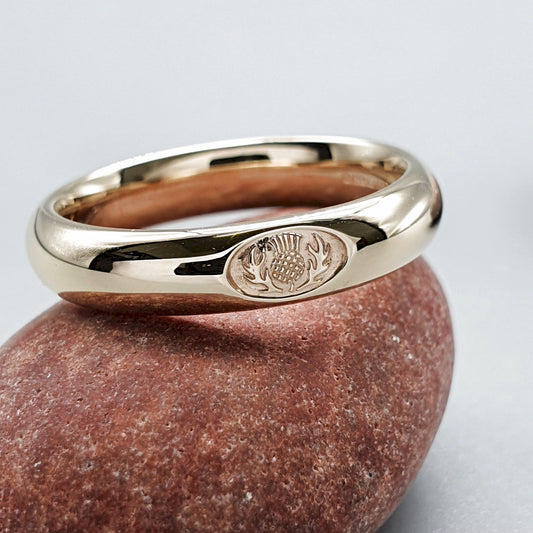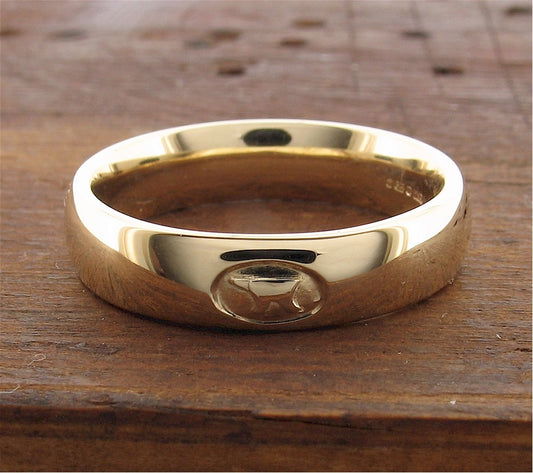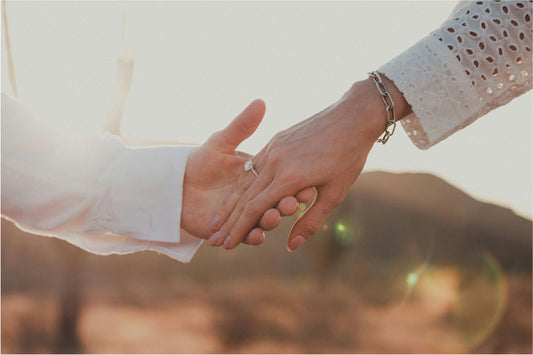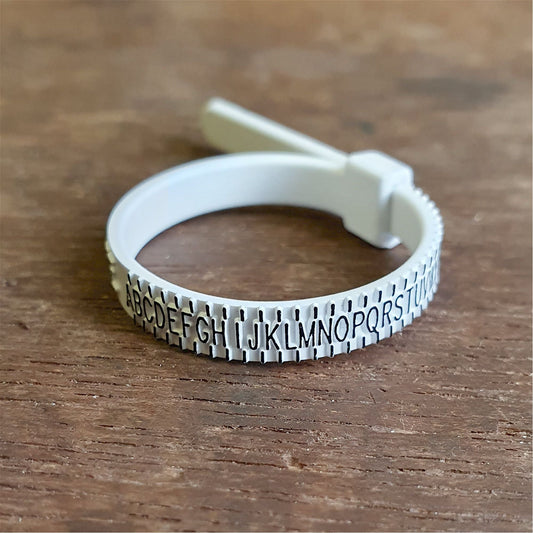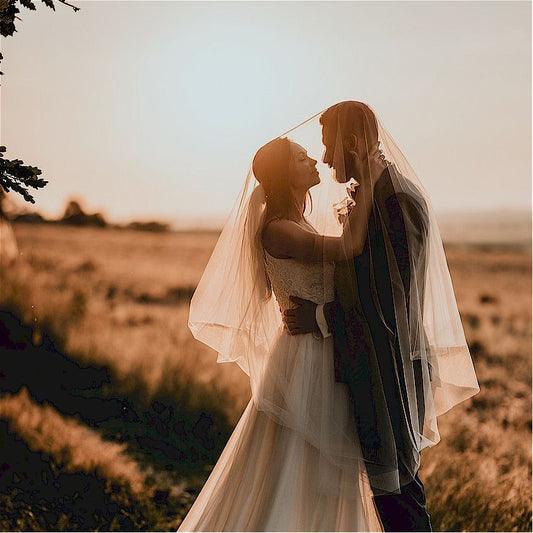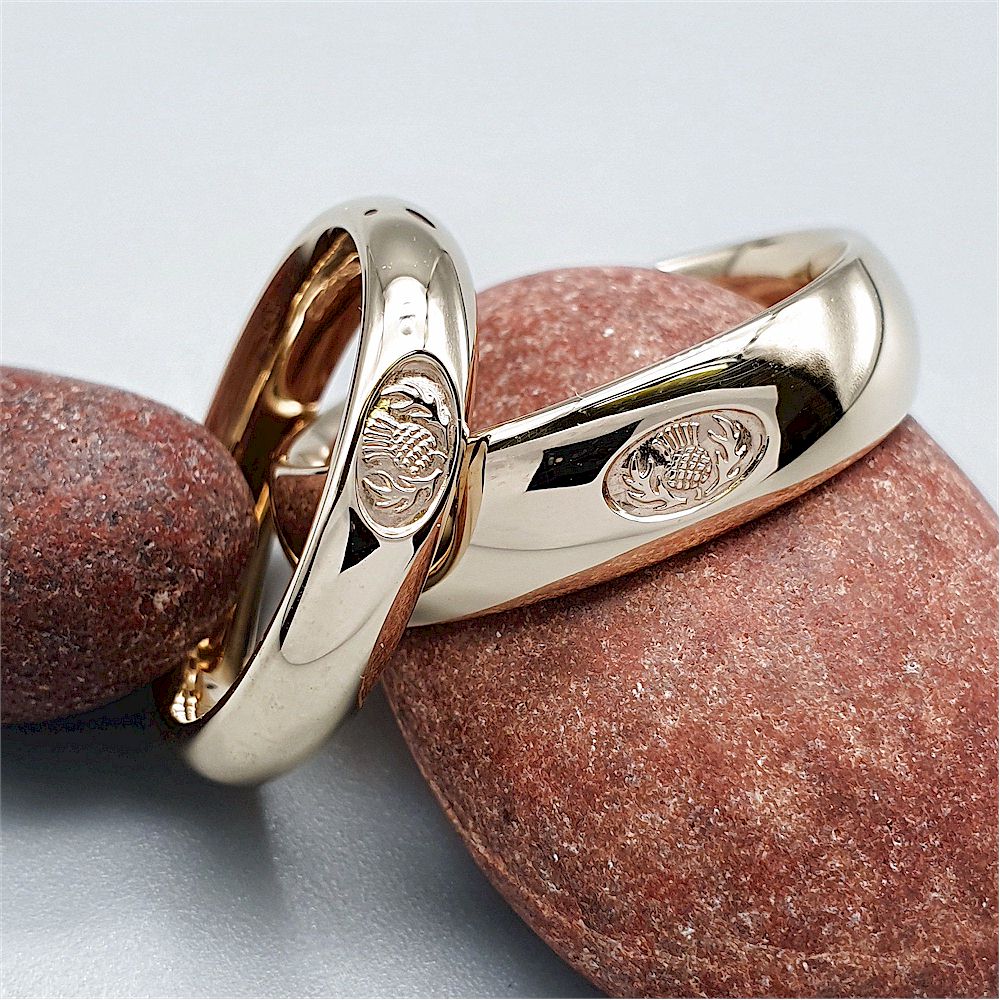
Origins of the Wedding Ring
Wedding rings—those small, shimmering circles that seem to hold the weight of the universe. They whisper tales of love, commitment, and the intertwining of lives. But where did this tradition sprout from? How did these delicate bands evolve into the cherished symbols we clasp onto our fingers today? Let’s dive into the rich tapestry of the wedding ring’s history...
Ancient Echoes
Picture this: over 4,800 years ago in Ancient Egypt, couples exchanged rings crafted from woven reeds or hemp. These weren’t just pretty accessories; they were profound symbols. The circle—endless, unbroken—spoke of eternity, while the hollow center hinted at the mysteries of life. Those Egyptians—oh, they had a flair for romance! They slipped these rings onto the fourth finger of the left hand, convinced that a "vena amoris" coursed from there straight to the heart.
Sure, modern science has debunked that vein theory, but the tradition? It lingers on, like a sweet melody that refuses to fade. Today, countless couples still adorn their left-hand ring fingers with these tokens of love...
Roman Reinvention
Then came the Romans, who took this Egyptian custom and gave it a twist. Gone were the fragile plant rings; in their place, robust iron bands emerged—symbols of strength and permanence. Some bore inscriptions or intricate carvings, with two hands clasped in a loving embrace—a motif they called "fede," meaning faith.
But here’s the kicker: these Roman rings also hinted at ownership. A woman flaunting a ring was a signal—she was now her husband’s property. Thankfully, that patriarchal notion has faded into the background, but it’s a stark reminder of how societal values shape our traditions...
Christianity and the Middle Ages
As Christianity spread its wings across Europe, the exchange of rings during wedding ceremonies blossomed. Initially, the Church viewed rings as pagan relics—oh, the irony!—but eventually, they embraced this practice, infusing it with sacred meaning. Rings transformed from symbols of ownership into emblems of mutual love and divine connection.
During the Middle Ages, gold took center stage, reflecting wealth and status. Gemstones sparkled occasionally, while intricate engravings danced across the surface. The fede motif remained a favorite, alongside hearts and religious symbols.
In Jewish weddings, rings held their own significance, often grand and ornate, sometimes resembling miniature temples—a nod to the home the couple would build together...
Renaissance Revelations
With the Renaissance came a flourish of creativity. Rings morphed into art pieces, inscribed with poetry or sweet nothings. Posy rings, adorned with love poems tucked inside, became all the rage in England and France.
But the game-changer? In 1477, Archduke Maximilian of Austria gifted Mary of Burgundy a diamond ring—a moment that sparked a new tradition: the diamond engagement ring. Back then, diamonds were rare gems, but their dazzling allure and strength made them the ultimate token of everlasting love...
Industrial Revolution and Beyond
Fast forward to the 19th century, where the Industrial Revolution democratized rings. Suddenly, they were no longer just for the elite; advances in mining and metalwork birthed a plethora of designs and materials. Gold still ruled the roost, but platinum and silver began to shine brightly.
Meanwhile, love’s perception was shifting. No longer just a duty or alliance, romantic love took center stage. The wedding ring—especially the engagement ring—became a cultural phenomenon, with style and sentiment taking precedence...
The 20th Century: A Cultural Shift
Then came the 20th century, a whirlwind of marketing magic. In 1947, the De Beers diamond company unleashed its iconic slogan: “A diamond is forever.” This clever campaign entwined diamonds with the notion of eternal love, making them the go-to for engagements and weddings alike.
During World War II, men began wearing wedding bands too, a way to feel tethered to their loved ones while far from home. Before that, rings were mostly a woman’s domain. But after the war, this practice stuck, and now it’s commonplace for both partners to wear rings—a beautiful evolution of tradition...
So, here we are, with wedding rings that carry the weight of history, love, and commitment. They’re more than mere ornaments; they’re living symbols of our shared journeys—our stories etched in metal...
The 21st Century: A Tapestry of Individuality and Connection
Ah, the modern wedding ring—what a kaleidoscope of styles, materials, and meanings it presents! Couples today, they’re not just slipping on any old band; no, some go for matching rings, while others—oh, they dive deep into the ocean of individuality, choosing pieces that scream their unique essence. Picture this: tungsten, titanium, and even silicone—these materials have crashed the wedding scene, shaking hands with ethically sourced diamonds and lab-grown gems.
And let’s not forget the winds of change blowing through the realm of love—same-sex marriages and shifting gender roles have turned traditions on their heads. Rings, once mere symbols of ownership, now stand tall as emblems of partnership and equality. It’s common to see couples huddled together, crafting their rings, pouring personal meaning into every curve and sparkle—far beyond what society dictates...
An Everlasting Emblem
From the simple reeds of yesteryears to the dazzling diamonds of today—what a journey the wedding ring has taken! It’s like a time traveler, morphing with the tides of society, religion, and technology. Yet, through all this evolution, its essence remains untouched: a circle—endless, a promise etched in time, a bond that intertwines lives.
In this whirlwind of change, the wedding ring stands as a steadfast reminder—a quiet yet potent symbol of love and commitment that refuses to fade away. It’s... well, it’s like a lighthouse in a storm, guiding hearts through the chaos of life.
See the wedding rings here
